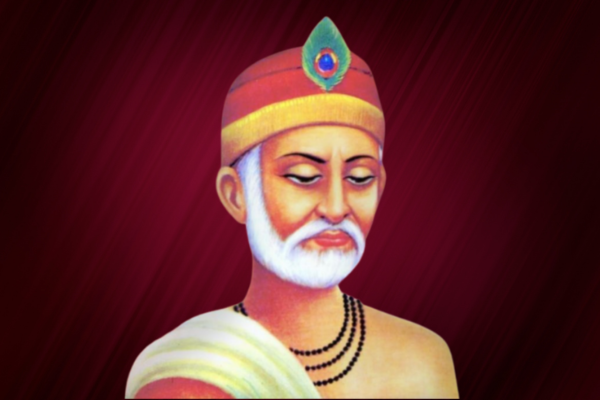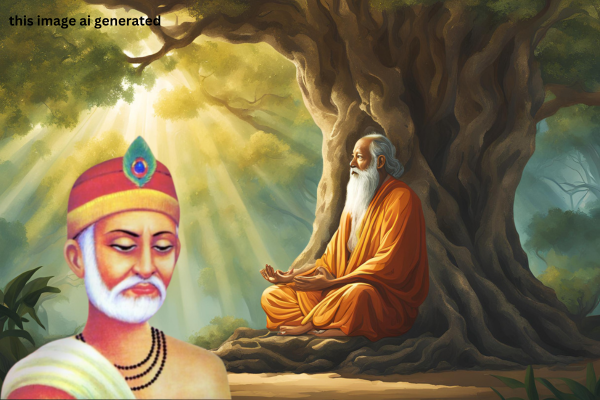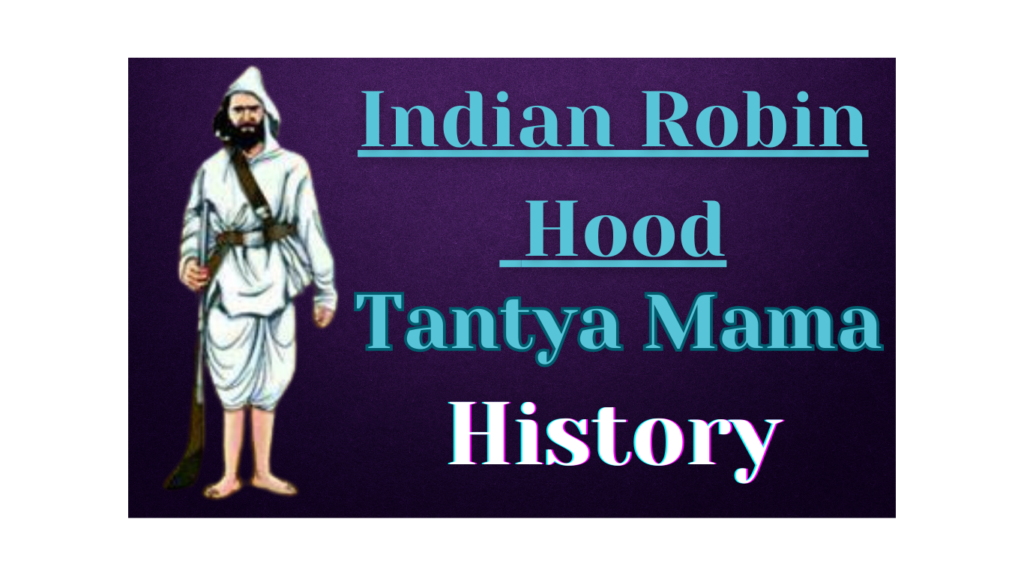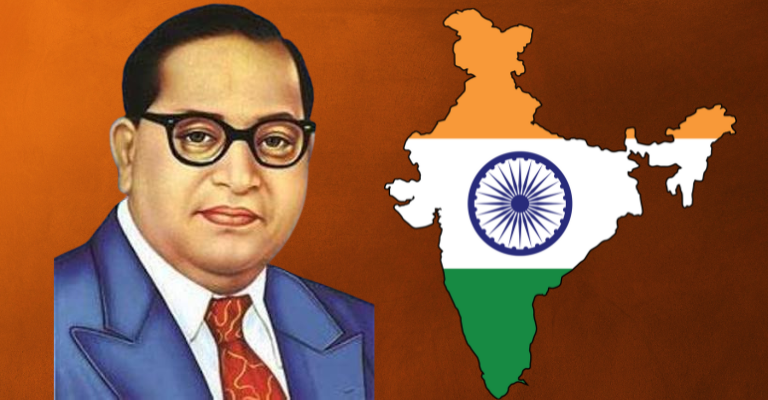sant Kabir das

Sant Kabir Das was a prominent poet, saint and social reformer of the Indian Bhakti movement.
Through his couplets and bhajans, he raised his voice against religious ostentation, superstition and caste system prevalent in the society.
Kabir Das’s life and his works still leave a deep impression in the hearts of people. Let us know about his life and thoughts in detail.
Birth of Sant Kabir Das
Sant Kabir Das is believed to have been born around 1398 AD.
There are many stories about his birthplace, but it is generally believed that he was born in the Lahartara tank near Varanasi (Kashi).
A popular legend about his birth is that Kabir was born from the womb of a widowed Brahmin woman, who was forced to abandon him.
After this, a Muslim weaver couple, Neeru and Neema, adopted and raised him.
Things about birth
There are many stories about the birth of Kabir Das.
According to one story, he was born to a Brahmin widow mother who left him near a pond, from where Neeru and Neema adopted him.
Another story is that he met his parents with the blessings of Allah.
While referring to these stories, people sometimes see them as Hindu, sometimes as Muslim, but they themselves always called themselves servants of “Allah-Ram”.
Education and Spirituality

san Kabir Das did not receive any formal education. Whatever knowledge he acquired in his life, he did it from his own experiences and thoughts.
It is said that he acquired knowledge from his spiritual guru Swami Ramanand.
According to a story, Kabir Das went to meet his guru Ramanand and lay down at his feet on the banks of the Ganges, and when Ramanand woke up in the morning and said “Ram Ram”, Kabir Das accepted it as his guru-mantra.
Contribution in Bhakti Movement
sant Kabir Das was a prominent saint of the Bhakti movement.
He preached Nirgun Bhakti, which worships a God who is beyond form and idol.
He preached his two religions to bring out the differences between Hindu and Muslim religions.
“Guru govind dou khade, kake lagu paay,
Balihari guru aapne, govind diyo batay.”
In this couplet, Kabir Das reveals the importance of Guru.
He says that if both Guru and God are standing in front of him, he will first touch the feet of Guru, because Guru showed him the path to reach God.
Thoughts and message
Kabir Das’s thoughts were centered on Nirgun Bhakti and social reform. He talked about many topics in his hymns and couplets, such as:
Religious display and rituals:
Kabir Das always opposed religious display and rituals. He used to say that God cannot be seen in the form of a temple, mosque or any form of worship. God is everywhere and can be found only through purity of mind.
“Moko kahan dhoondhe re bande, main to tere paas me, Na mandir me, na masjid me, na Kashi Kailash me.”
Opposition to caste and sheep mentality
Kabir Das strongly condemned caste and sheep mentality. He said that all humans are equal and the same God resides in all.
Don’t ask the caste of a sadhu, ask about his knowledge,
Buy the sword, leave the sheath lying.”
Kabir Panth
People influenced by the teachings of Kabir Das formed a separate sect, which is called Kabir Panth. The followers of this sect follow his teachings even today and consider him their Guru. Kabir Panth is spread in different states of India like Uttar Pradesh, Madhya Pradesh, Gujarat and Maharashtra.
Rachnayein
Bijak: It contains his main couplets and hymns.
Kabir Granthawali: A collection of couplets and hymns of Kabir Das.
Sakhi Granth: It contains a collection of his Sakhis (couplets).
Through these creations, he advised the people to follow the path of purity of mind and attainment of God.
Last rites and death
Saint Kabir Das died in 1518 CE in Maghar (Uttar Pradesh). It is said that at that time both Hindus and Muslims were arguing over his last rites.
Hindus were in favour of burning his body while Muslims were in favour of burying him. Then a miracle happened; when his shroud was lifted, his body was missing from it and only flowers were lying at that place.
Then the flowers were divided into two parts; half of the flowers were burnt and the other half was buried. Even today his Samadhi and Mazaar are situated in Maghar.
our other website : tempo gujrat



Pingback: Chhatrapati Shahuji Maharaj